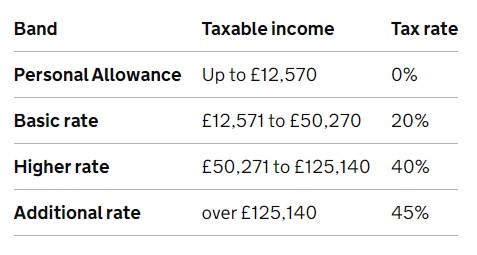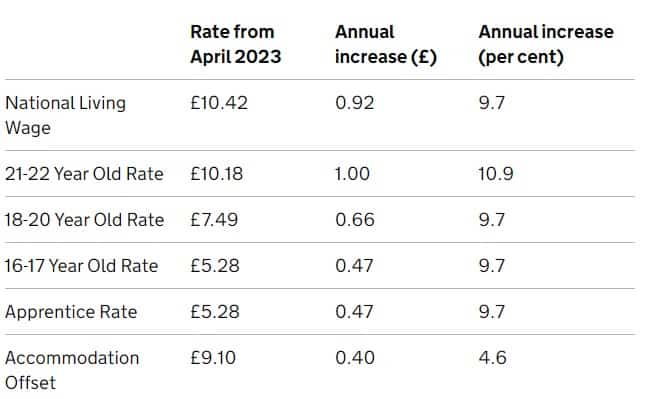Since the release of the Spring Budget 2023, there has been extensive online discussion about the stealth tax increases resulting from the tax threshold freeze.
Concerns have been raised regarding the rise in minimum wage standards coupled with the freeze in tax thresholds, which will lead to a decrease in real wages.
Furthermore, studies indicate that by 2027, an estimated 20% of taxpayers will be subject to higher tax rates.
Income Tax Threshold Freeze
Starting from April, the income tax threshold has been frozen for six years, resulting in significant changes to the income composition for some individuals.
After six years, the burden of higher tax rates will no longer be primarily on the affluent population but will instead shift to lower-income groups.
Experts argue that throughout this process, inflation and income growth will push more taxpayers into the spiral of hidden tax increases.
Current Income Tax Thresholds
Currently, the standard personal allowance for income tax stands at £12,570, which represents the amount of income exempt from taxation.
Please note that the threshold for the highest earners to start paying the top tax rate has been lowered from £150,000 to £125,140.
For specific details, please calculate based on your individual income.
Current Minimum Wage Standards
Starting from April 2023, workers aged 23 and above will witness a 9.7% increase in the National Living Wage, amounting to £10.42 per hour.
Moreover, minimum wage rates for other age groups have also been correspondingly increased and will reflect in individuals’ payslips.
For specific standard rates for each age group, please refer to the table provided on GOV.UK.
Who Will Be Affected?
The Institute for Fiscal Studies (IFS) predicts that by the 2027/28 fiscal year, a portion of taxpayers will be paying more income tax.
This includes over 1/8 of nurses, 1/6 of mechanics and assembly workers, 1/5 of electricians, and 1/4 of teachers, who will fall into the high-rate taxpayer bracket.
Nearly half of surveyors and legal professionals will also face higher tax rates.
These estimates are conservative, as a significant portion of employees in high-paying industries will also become high-rate taxpayers.




